Spring is finally here, and it’s time to roll up your sleeves and dive into your garden! As the days grow longer and the temperatures rise, there’s no better time to rejuvenate your outdoor spaces. To help you get started, we’ve compiled a spring to-do list packed with essential tasks to ensure your garden thrives throughout the season.
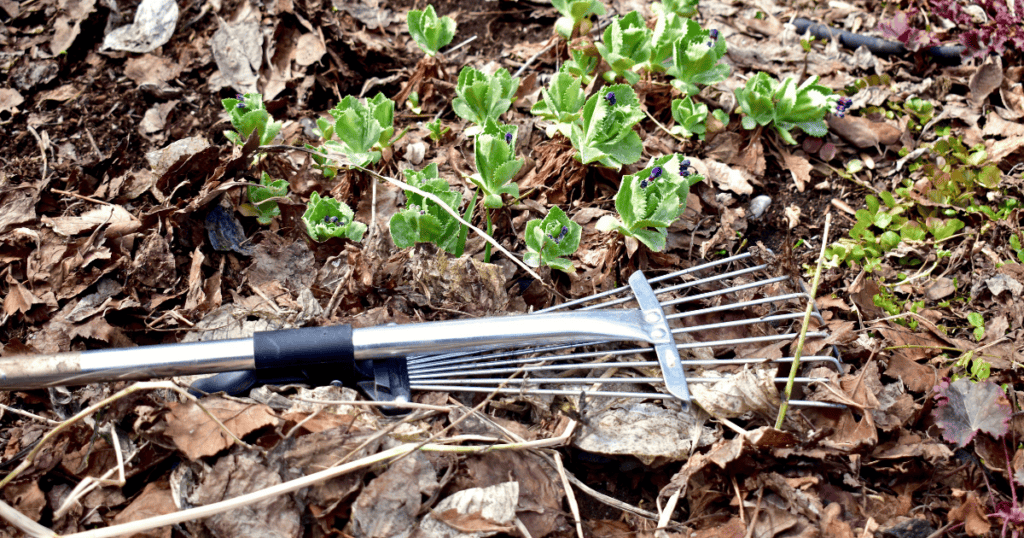
Clean Up and Prep
Begin by clearing away any debris that has accumulated over the winter months. Remove fallen leaves, dead foliage, and any lingering weeds to create a clean canvas for new growth. Take this opportunity to inspect your garden beds, pathways, and structures for any signs of damage or wear and tear.
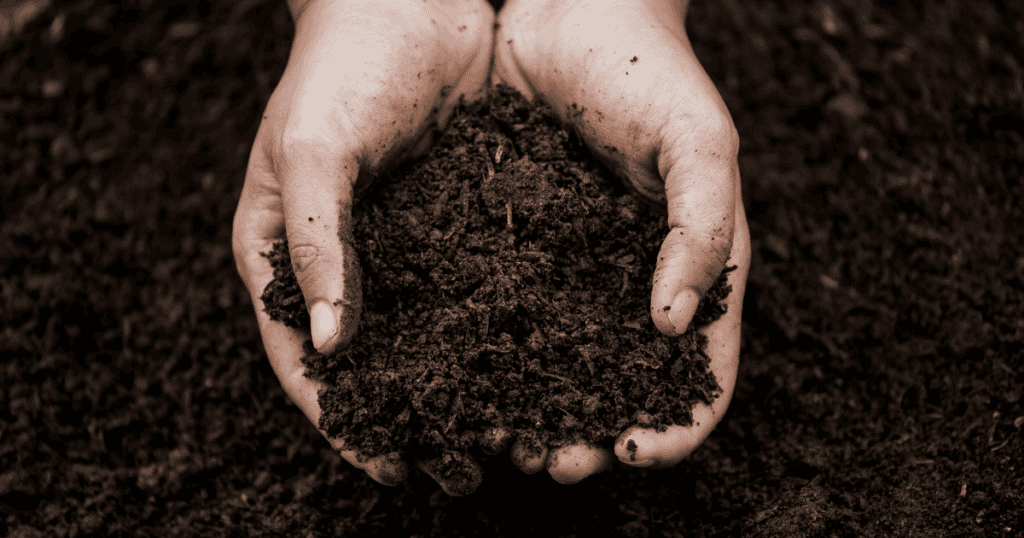
Soil Preparation
Spring is the perfect time to amend your soil and prepare it for planting. Test your soil pH and nutrient levels, and add amendments such as compost, aged manure, or organic fertilizers as needed. Turn the soil to incorporate these amendments, loosening it to improve drainage and aeration.
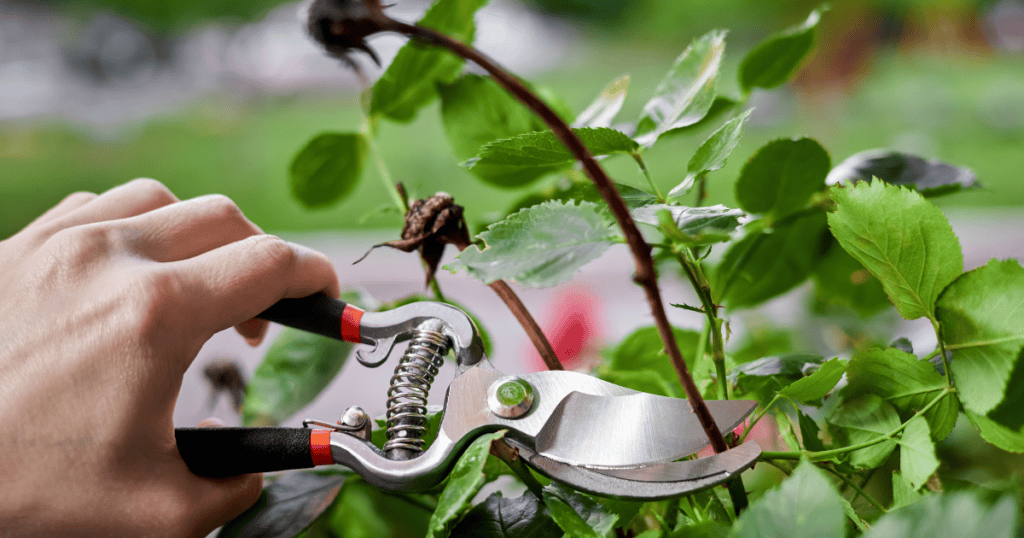
Pruning and Trimming
Give your shrubs, trees, and perennials a trim to remove dead or damaged branches and promote healthy growth. Prune back any overgrown or unruly plants to encourage a tidy appearance and improve air circulation. Be sure to research the specific pruning requirements for each plant species to avoid over-pruning.
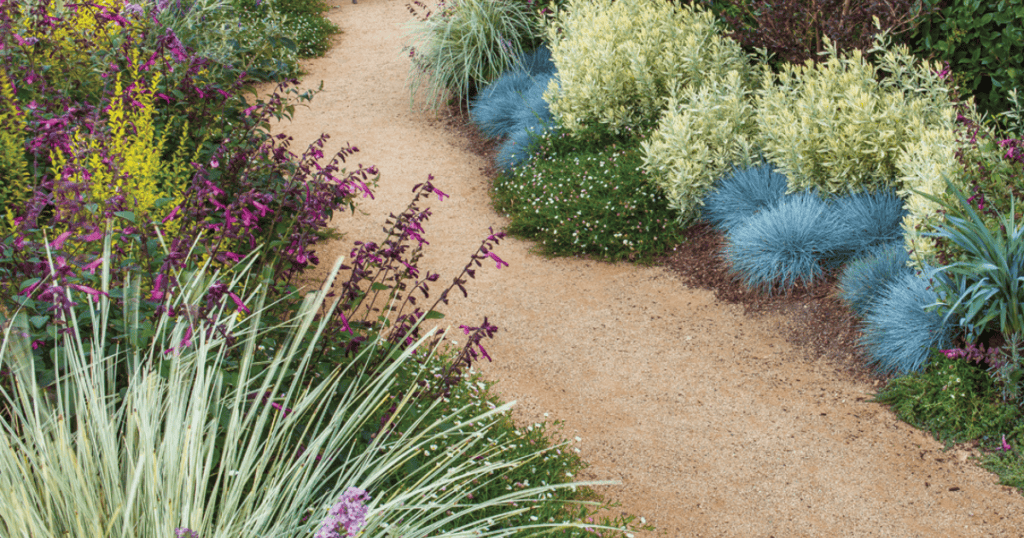
Planting
Now that your soil is prepped and your plants are pruned, it’s time to start planting! Whether you’re adding new perennials, annuals, vegetables, or herbs to your garden, spring offers the ideal conditions for establishing healthy root systems. Choose plants that are well-suited to your climate and soil conditions, and be mindful of spacing requirements to prevent overcrowding.
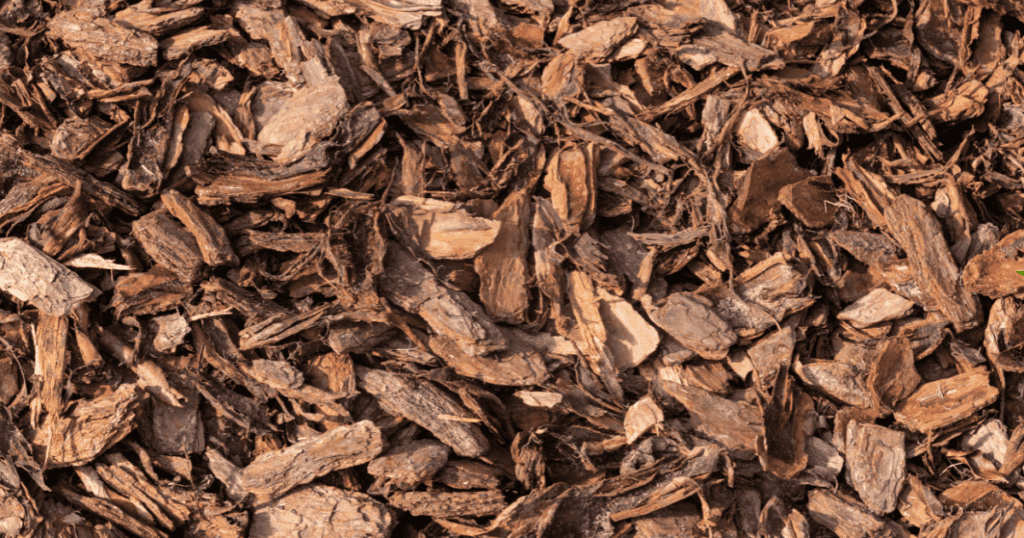
Mulching
Apply a layer of mulch to your garden beds to help conserve moisture, suppress weeds, and regulate soil temperature. Organic mulches such as wood chips, shredded bark, or compost can also break down over time, enriching the soil with valuable nutrients. Aim for a depth of 2-3 inches, taking care to keep mulch away from plant stems to prevent rot.
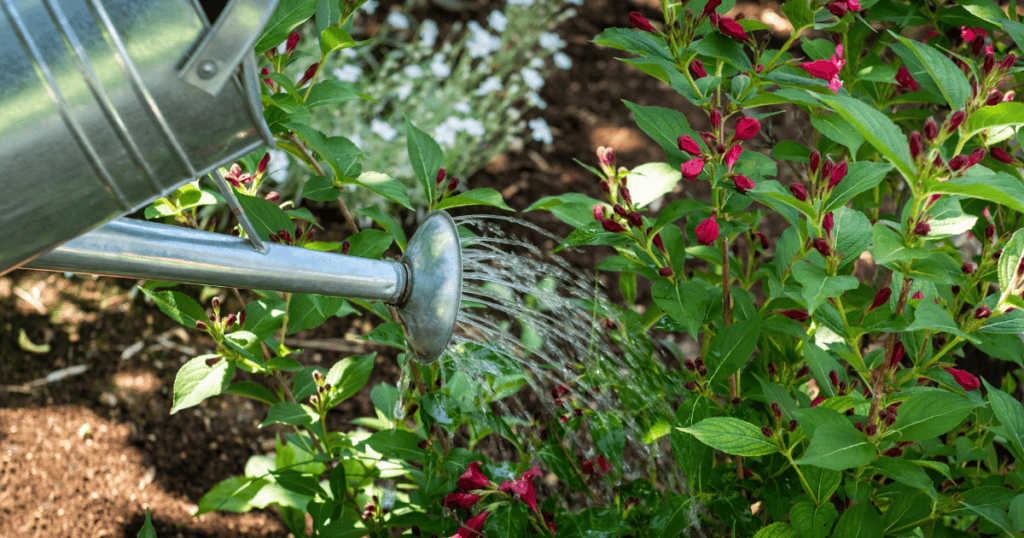
Watering
As the weather warms up, be sure to monitor soil moisture levels and water your plants as needed. Deep, infrequent watering is preferable to shallow, frequent watering, as it encourages plants to develop strong root systems. Early morning is the best time to water, allowing plants to absorb moisture before the heat of the day.
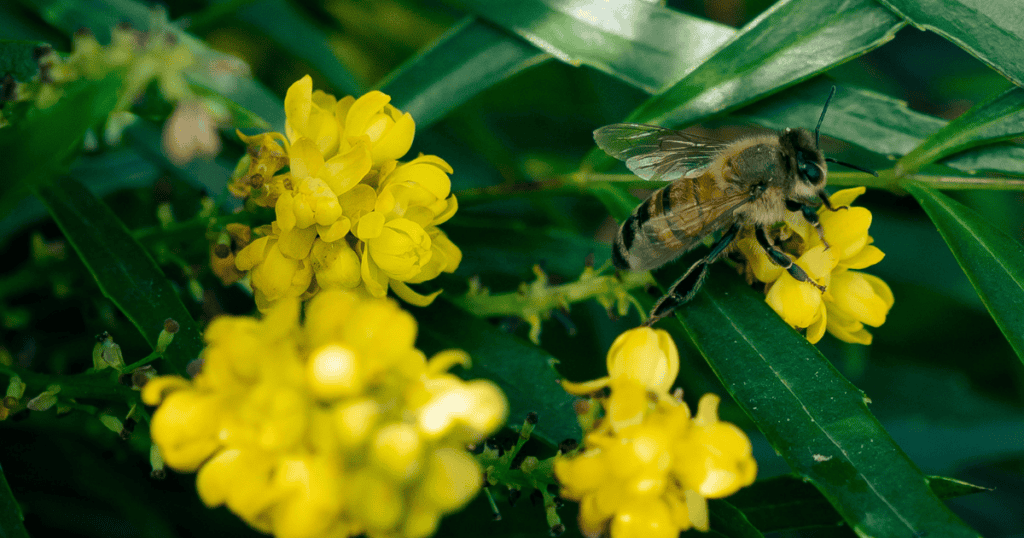
Pest and Disease Management
Keep an eye out for signs of pests and diseases in your garden, and take proactive measures to prevent infestations. Remove any diseased or infested plant material promptly, and consider using natural predators or organic pest control methods to manage problem insects.
By following this spring to-do list, you’ll set your garden up for success and enjoy a season of lush growth and vibrant blooms. Happy gardening!
